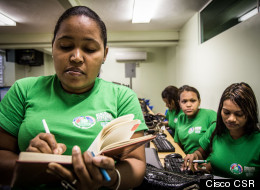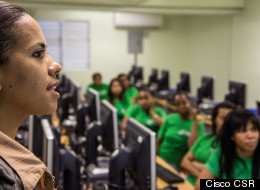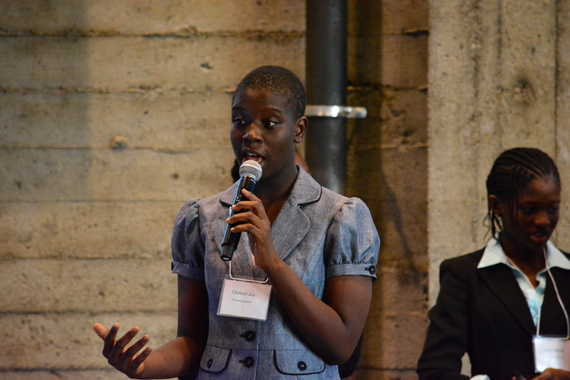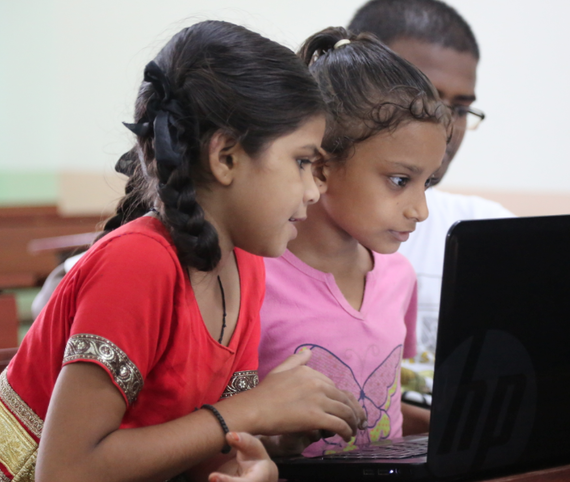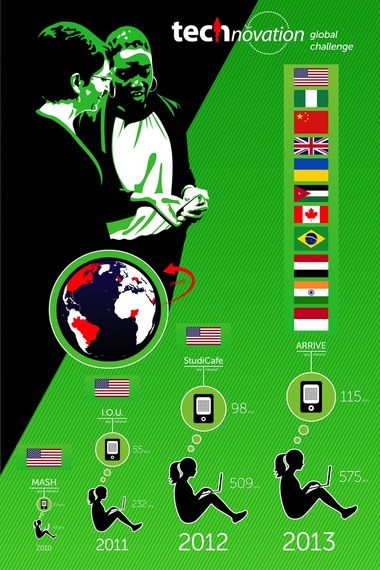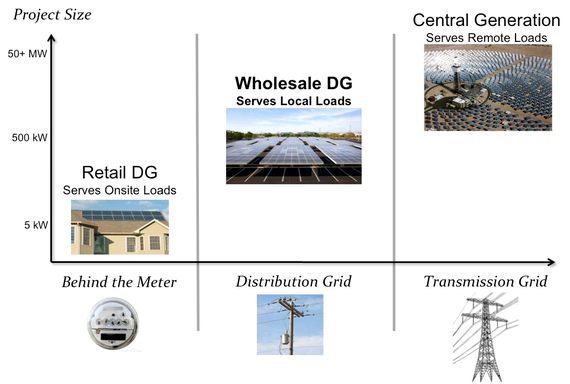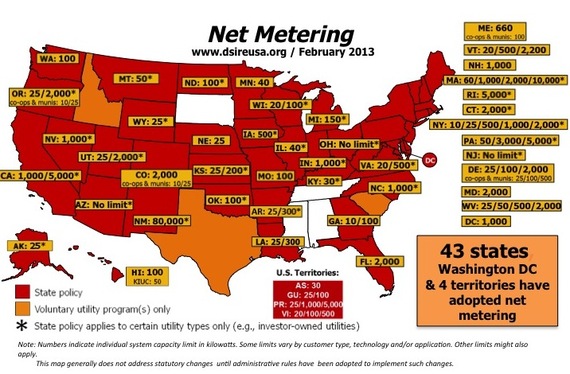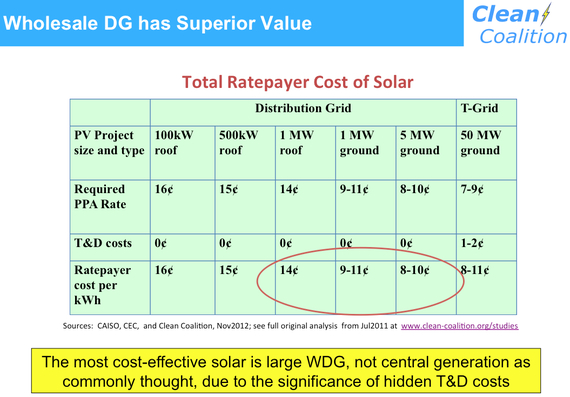Last week, YouTube released its much-anticipated countdown of the top 10 trending videos of 2013, along with a year-end tribute produced by our company (which you should watch at least a few times). These mega-hits, boasting a combined 879 million views, were at the center of some of the biggest cultural moments of 2013.
But as we bask in the ubiquity of "The Fox," "Wrecking Ball," and "The Harlem Shake," it's important to remember that there's so much more that happened on YouTube this year outside of the top 10. With a billion unique visitors a month and 100+ hours of content uploaded to the site every minute, YouTube has become a media behemoth that is difficult to categorize. It's a social network, a television with 500 million channels, a music discovery site, an advertising platform, an education portal and a launching pad for the next Bieber -- all rolled into one.
While we can only scrape the surface of what really went down on YouTube in 2013, here are six videos that reveal some of the biggest stories on the platform -- and provide a glimpse into where it's all headed.
1) The World Is Here
2012 may have been the year Psy galloped his way to international celebrity, but YouTube truly became a global platform in 2013. A year ago, there was only one international channel in YouTube's top 10 most subscribed, but if you look same list today, half of the top ten creator channels hail from outside the U.S. There's a Swede at #1 (Pewdiepie), a Chilean at #3 (HolaSoyGerman), a Mexican at #8 (Werevertumorrow) and a Brazillian at #10 (Porta Dos Fundos).
2) Brands â†' Creators
Brands finally started to crack the code of YouTube in 2013. The secret, as many of them discovered, is to create original and meaningful content -- stuff that people actually want to watch and share -- rather than beating viewers over the head with the same 30-second ads. As a result, we were treated a string of buzzworthy content from brands, including "Real Beauty Sketches" from Dove, to "Epic Splits" from Volvo, to "Scarecrow" from Chipotle.
For YouTube's next trick, it is hoping to empower brands to be creating channels full of content. Imagine 100 of the top brands creating a original content on the level of Red Bull (3.1MM subscribers) or GoPro (1.4MM subscribers), and you'll start to see a revolution playing out.
3) Youth Movement
Earlier this year, Variety published a review of Pewdiepie, the Swedish gaming creator whose videos have been viewed over 3 billion times, and whose subscriber base just surpassed 18 million. In it, the author described him "blathering like a blithering idiot" and his videos as "psycho babble." But the truth is that Pewdiepie doesn't exist to appeal to Variety writers; Pewdiepie is for the kids.
While YouTube has content for all ages, its popular stars tend to skew their content towards teens and pre-teens, because that's where the real fans are. Recent studies revealed that 93 percent of kids aged 13-19 were checking the site at least once a week and young people aged 13-24 spend an average of 16.7 hours a week online, compared to 13.6 hours watching TV. Ask your little cousin what she watches after school and, more than ever, the answer is going to be a YouTube personality.
4) YouTube Goes Mobile
To point out the centrality of phones to our everyday lives is a cliché, but nowhere is it reflected more clearly than on YouTube. In the past year alone, mobile views on the site rose 15 percent and now constitute more than a third of total viewership. When you think about watching a video on a 5-by-3 inch screen, some of the most popular creators' creative decisions (short-form content, big faces, extreme emotions, sudden noises) become more obvious. While YouTube's rivals like Amazon and Netflix challenge the market for TV content, YouTube is busy preparing itself for a mobile age.
5) Let's Throw A Party
As a company, YouTube has always played an active role in the way users experience the platform, and 2013 was no exception. One of their biggest bets of the year was a series of programming initiatives designed to promote live and concentrated viewership, which can be more attractive to advertisers. There was Comedy Week in May, Geek Week in July and then a star-studded Music Awards show in November. And while it's unclear whether these "tent-pole events" will become a mainstay of the site, they're evidence to the fact that that YouTube is more than willing to experiment with their formula to figure out what people really want.
6) But What About...
I know what you're thinking. "But what about the video of that astronaut or this awesome dog or that crazy acapella group or this dude catching a trout with his bare hands. How do those fit into your little system?" The answer is: I don't know! YouTube is like a great rock band: as soon as you think you understand it, it becomes something totally different. It's also mind-bogglingly massive and always changing in a very weird (but perfect) way.
So while we pay attention to these trends, we should also sit back and enjoy it, because what we're witnessing right now might just be the beginning of YouTube's golden age.
Nate Houghteling is a partner and executive producer at Portal A, which produces and distributes video content for a digital world.
Follow Portal A on Twitter: www.twitter.com/PortalA

 By Vivek Wadhwa
By Vivek Wadhwa

